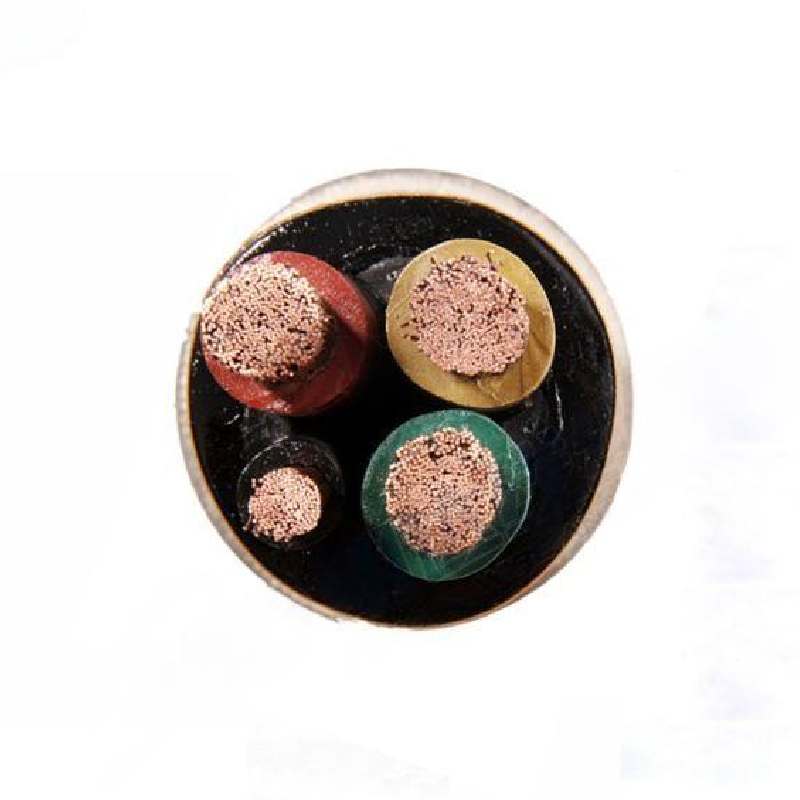ਨਵੰ. . 06, 2024 09:15 Back to list
Understanding the Functionality and Advantages of Lift Check Valves in Fluid Systems
Understanding Lift Check Valves Functionality and Applications
Lift check valves are an essential component in various piping systems, ensuring the proper flow of fluids while preventing backflow. These devices play a crucial role in maintaining system efficiency and protecting equipment from potential damage caused by reverse flow. In this article, we will explore the functionality, design, and applications of lift check valves, revealing why they are a preferred choice in many industrial applications.
What is a Lift Check Valve?
A lift check valve is a type of non-return valve that allows fluid to flow in one direction while automatically preventing backflow. This is achieved through a lifting mechanism that is typically activated by the pressure differential across the valve. When pressure on the upstream side exceeds the pressure on the downstream side, the valve opens, allowing fluid to pass through. However, when the pressure reverses, the valve closes, preventing any backflow from occurring.
Design and Construction
The design of a lift check valve is relatively straightforward, involving a valve body, a disc (or lift), and a hinge or seat. The lift component is typically guided along a vertical path, moving upwards when fluid flows in the correct direction. When the flow stops or reverses, the weight of the lift or spring mechanisms ensures the valve closes tightly against a seat, thus preventing backflow.
Lift check valves are made from various materials, including stainless steel, brass, and plastic, depending on the application and the type of fluid being handled. Their construction allows them to operate effectively under high pressure and temperature conditions, making them suitable for a wide range of environments.
Advantages of Lift Check Valves
1. Prevention of Backflow The primary purpose of lift check valves is to prevent backflow in piping systems. This is crucial in avoiding contamination of fluids and protecting downstream equipment.
lift check valve

2. Reliable Operation These valves are designed for durability and reliability, providing a long service life with minimal maintenance. Their automatic operation reduces the need for manual intervention.
3. Versatility Lift check valves can adapt to various applications, including water treatment plants, chemical processing, HVAC systems, and various industrial processes. Their ability to handle different fluids and environmental conditions makes them highly versatile.
4. Space Saving Compared to other types of check valves, lift check valves typically have a more compact design, saving valuable space in piping installations.
Applications of Lift Check Valves
Lift check valves are widely used across many industries. Some common applications include
- Water Supply Systems In municipal and industrial water supply systems, lift check valves prevent backflow, ensuring the safe distribution of clean water. - Chemical Processing In chemical plants, these valves help maintain the flow of corrosive or hazardous materials, avoiding any cross-contamination. - Fire Protection Systems Lift check valves are critical in fire suppression systems, ensuring that water flows to fire hydrants and sprinklers only when needed. - Pharmaceutical Manufacturing In the production of drugs and medical products, maintaining a sterile environment is essential. Lift check valves prevent contamination by allowing fluid flow in a controlled manner.
Conclusion
In conclusion, lift check valves are vital components in ensuring the reliability and safety of fluid systems. Their unique design allows for efficient operation, preventing backflow while accommodating various applications across multiple industries. As technology advances and industries evolve, the importance of ensuring clean and safe fluid flow will continue to make lift check valves a necessary addition to any piping system. Investing in quality lift check valves can result in long-term benefits, reducing maintenance costs and protecting valuable equipment from damage. Understanding their functionality and applications is crucial for engineers and operators aiming to maintain efficient and safe fluid management systems.
Share
-
Reliable Wafer Type Butterfly Valves for Every IndustryNewsJul.25,2025
-
Reliable Flow Control Begins with the Right Ball Check ValveNewsJul.25,2025
-
Precision Flow Control Starts with Quality ValvesNewsJul.25,2025
-
Industrial Flow Control ReliabilityNewsJul.25,2025
-
Engineered for Efficiency Gate Valves That Power Industrial PerformanceNewsJul.25,2025
-
Empowering Infrastructure Through Quality ManufacturingNewsJul.25,2025